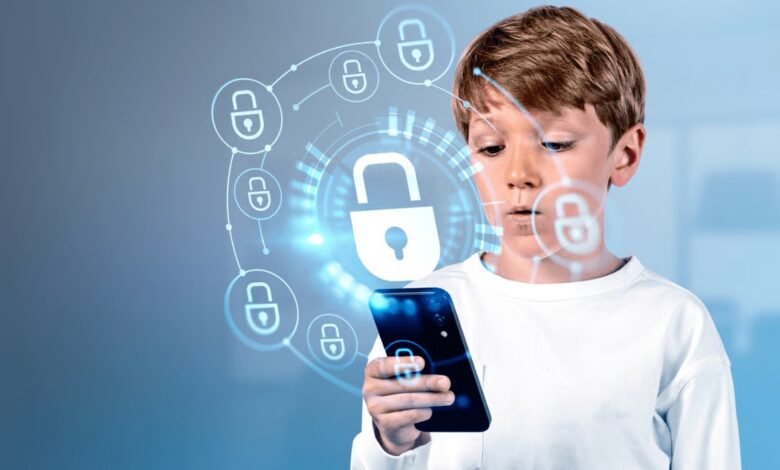3 Keys to Keeping Your Children Safe Online

In today’s hyper-connected world, children are growing up with social media, online games, and instant communication as a normal part of their lives.
While the digital space offers opportunities for learning, creativity, and connection, it also poses real risks, such as privacy breaches, identity theft, misinformation, and harmful online influences.
As parents, our role is not to block or deny children from engaging online, but to equip them with the knowledge and skills to navigate safely and responsibly.
Smart Steps for Children’s Online Safety
1. Be deliberate with the information you share online
Children should learn that not everything belongs on the internet. The lesson isn’t to avoid sharing altogether, but to pause and think about who they’re sharing with and how that information might be used.
This helps them understand privacy, reduce oversharing, and avoid becoming easy targets for scams or online exploitation. Parents can guide children to ask: “Why am I sharing this? Who will see it? Could it be misused?”
2. Always protect your identity
Online safety starts with the basics: strong passwords and multi-factor authentication. These are the digital equivalent of locking the doors at home.
Children need to know that their digital identity is valuable and must be guarded carefully. Parents should stress that protecting one’s identity isn’t optional; it’s the foundation of being online responsibly. This also builds lifelong habits of digital security.
3. Always question, don’t take things at face value
The internet is filled with misinformation, fake accounts, and bad actors. Children should be taught to question sources of information and communication, verifying authenticity before believing or sharing anything.
This mindset not only protects them from scams but also develops critical thinking skills. Parents can frame it as: “If someone tells you something online, how do you know it’s real? What proof do you have?”





